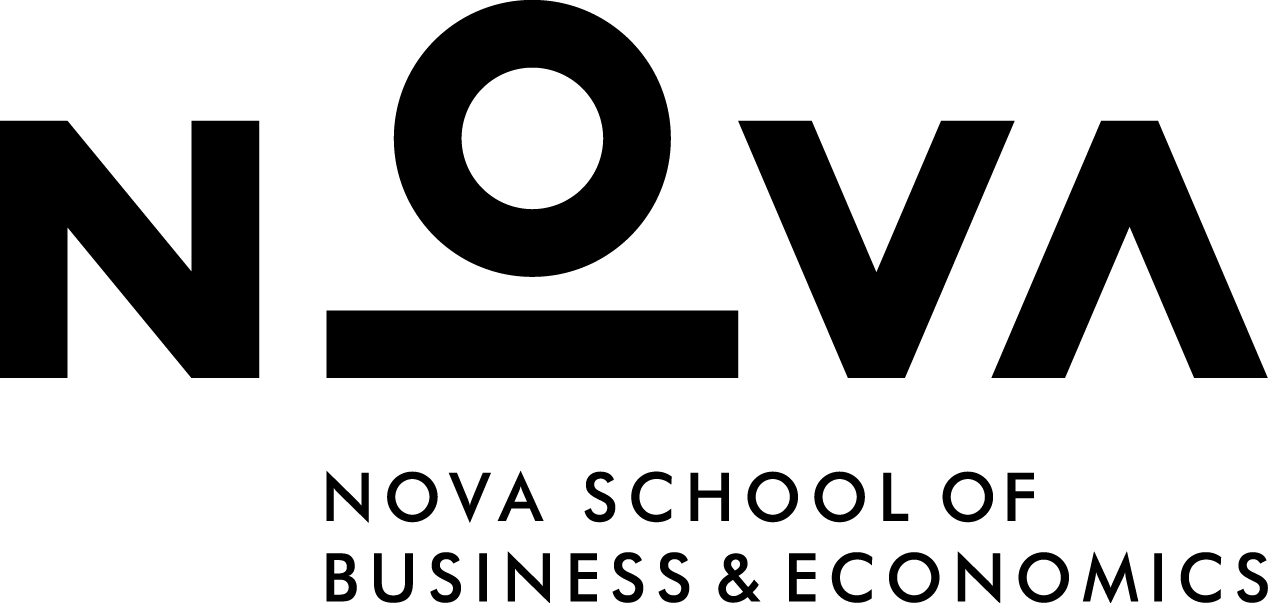Login
Nova SBE Account?
If you have a Nova SBE email, please login with your account on the button bellow
By clicking the button, I confirm that I accept the Terms and Conditions and that I have read and understood the information on the processing of my personal data, available in the Privacy Policy.
You will be redirected to another page to complete your Nova SBE authentication
External Account
Welcome back! Please enter your details.
Back to top
